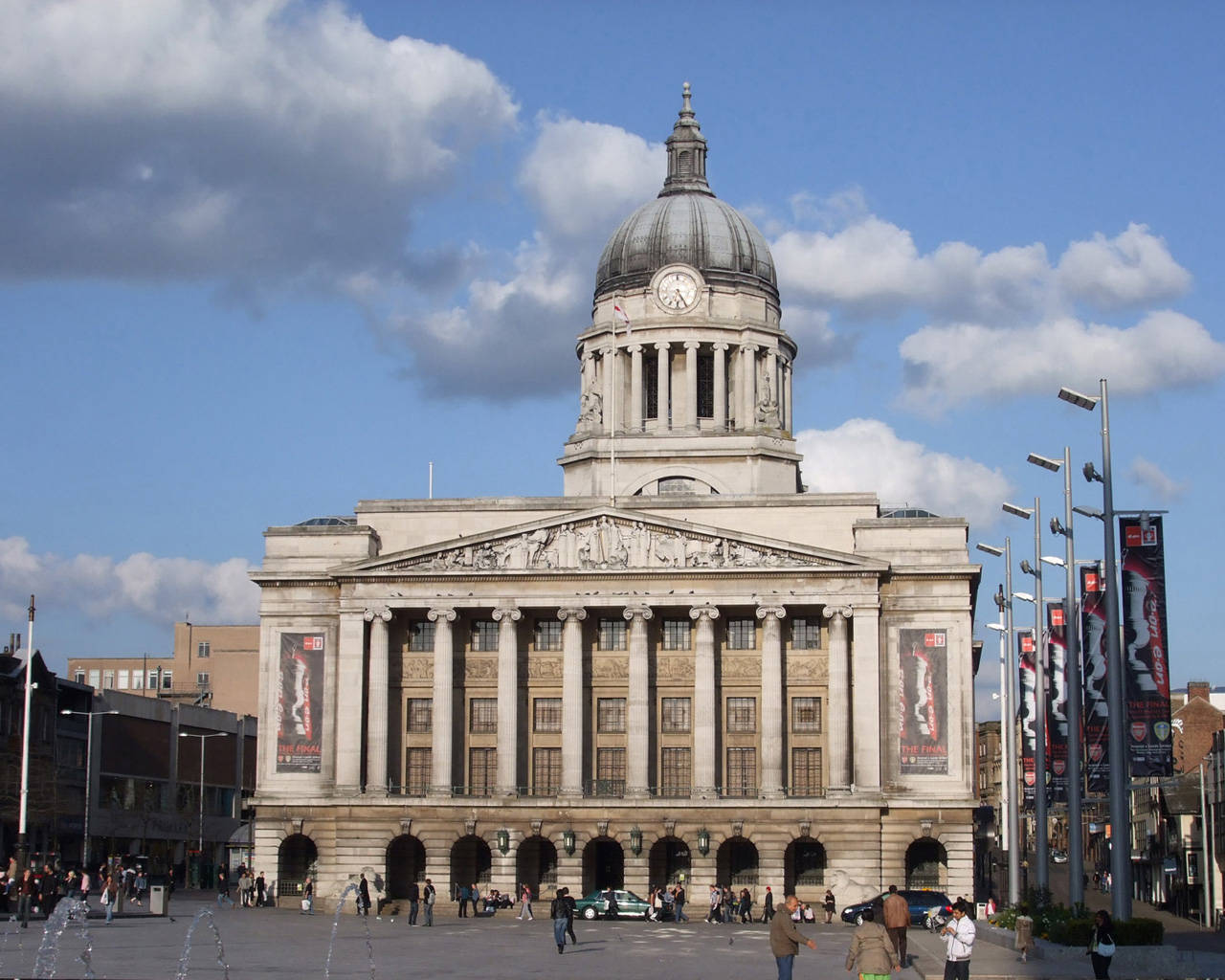If you’re looking for good value property investment opportunities than you might find that it is worth considering the East Midlands region. In this report Insider will run through a few reasons why we think the East Midlands is worth considering as a property investment location:
* The East Midlands is extremely well connected, with good transport connections to all parts of the UK. It is the UK’s focus for logistics and distribution industries.
Future upgrading of the Midland Main Line railway (although delayed) and a future HS2 station at Totton near Nottingham are upcoming infrastructure projects to watch.
* Availability and (relatively) low cost of land for development makes it attractive for business development and relocation – it is a popular for choice for businesses wishing to locate outside the south east.
* The region is more affluent than either the adjacent West Midlands or Yorkshire and Humber regions of England, with fewer deprived areas, according to ONS statistics. (In many ways it has more in common with the south east than its more industrial neighbours.) Several locations within the regional rank highly in quality of life surveys.
* Most important of all residential property here is still significantly cheaper than much of the UK and potentially offers good value to investors. Average UK property price £183,800, average East Midlands property price £136,600, according to the latest Land Registry figures. (Summer 2015)
While the East Midlands offers a wide range of residential property investment opportunities the main cities of Nottingham, Leicester and Derby all offer high levels of demand but property prices that are much cheaper than the national average:
Nottingham: The city of Nottingham has a population of 278,000 but the surrounding urban area has a population of 532,00 making it the seventh largest conurbation in the UK.
Nottingham is both the East Midlands region’s largest business and administration centre, and also its largest retail centre. The economy is undergoing change from a light industrial base to one based on services and there are a number of regeneration initiatives, including three regeneration zones – Southside, Waterside and Eastside plus the Nottingham Enterprise Zone.
Nottingham is also one of the UK’s largest and most highly regarded university centres. The University of Nottingham and Nottingham Trent University have around 60,000 students. Queen’s Medical Centre has one of the largest medical schools in the UK and Europe’s largest teaching hospital.
Latest Land Registry figures show that the City Of Nottingham is significantly cheaper than the East Midlands as a whole. The current average property sale price is approx. £87,000.
Leicester: Leicester itself has a population of around 280,000, although the population including surrounding commuter towns is 441,000.
Traditionally the city was a major world footwear/knitwear manufacturing centre. The economy is now more diverse, but it has a growing reputation as a centre for financial services, logistics and distribution industries. The north of the city, particularly around junction 21 M1, the A6 and A46, is a particular focus for new development sites.
Leicester has a significant university sector: The University of Leicester has 10,000 full time students while De Montfort University has 23,000 students.
Latest Land Registry figures show that the City Of Leicester is slightly cheaper than the East Midlands as a whole. The current average property sale price is approx. £120,000.
Derby: Derby has a population of around 258,000, plus a similar number in the greater urban area. Traditionally a major railway engineering centre, engineering is still the city’s largest industry – Rolls-Royce and Toyota are the largest individual employers.
Like Leicester, Derby is also developing a reputation as a distribution centre: The nearby East Midlands Airport (equidistant from Derby and Nottingham) is a major cargo hub and the UK’s second largest cargo airport after Heathrow. Just to the north of the airport, adjacent to Junction 24 of the M1, there are plans to build East Midlands Gateway, a major inland port where freight could transfer from rail to road.
Derby has a relatively small higher education presence compared to other regional centres. The University of Derby has around 11,300 students with campuses at Allestree and at Buxton, 30 miles away.
Latest Land Registry figures show that the City Of Derby is slightly cheaper than the East Midlands as a whole. The current average property sale price is approx. £113,000.
In this Insider report we look at investing in the West Midlands: 13 Things To Know Before You Invest In Birmingham


